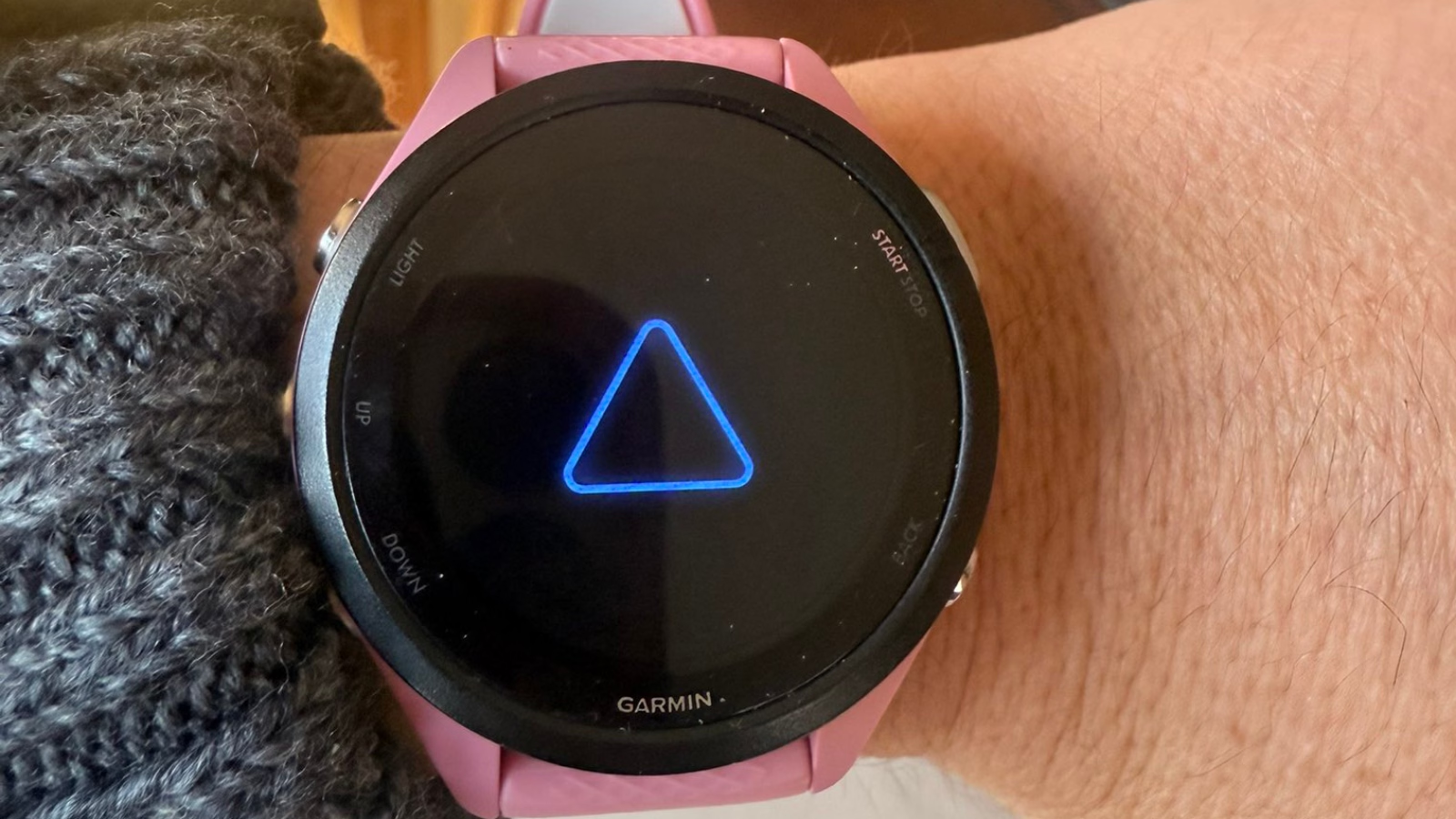Google Maps has firmly established itself as an indispensable tool in the digital age, transforming the way people navigate and explore the world. Recent updates have significantly enhanced its utility, positioning Google Maps not just as a navigation tool but as a comprehensive travel and exploration companion.
At the core of Google Maps’ latest evolution is a suite of AI-powered features designed to enrich the user experience. One of the standout introductions is the Immersive View for Routes, a revolutionary feature that provides a multidimensional preview of your journey, whether you’re driving, walking, or cycling. This feature, which began rolling out in cities like Amsterdam, Barcelona, Dublin, and several others, combines billions of Street View and aerial images to offer detailed, visual turn-by-turn directions, effectively allowing users to experience their route before they embark on it.
In addition to route planning, Google Maps has become more intuitive in helping users understand their surroundings with the introduction of Lens in Maps. This augmented reality feature leverages AI to display information about nearby places such as ATMs, restaurants, and transit stations, simplifying the process of navigating unfamiliar environments. Initially known as Search with Live View, Lens in Maps has expanded its reach to over 50 new cities worldwide, making it easier for users to acclimate and discover local gems.
The navigation interface itself has seen significant enhancements, aiming to mirror real-world conditions more accurately. Updates include more realistic representations of buildings and improved lane details on highways, which are particularly useful during complex driving maneuvers. These changes are rolling out across 12 countries, enhancing the driving experience by providing clearer guidance and reducing the likelihood of navigation errors.
Electric vehicle (EV) drivers have not been overlooked in Google Maps’ latest update wave. The app now offers detailed information on charging stations, including compatibility with the user’s vehicle and the charging speed. This is crucial in alleviating ‘charging anxiety’ and ensuring that EV drivers can find suitable charging options without unnecessary detours. Moreover, Google Maps now allows users to see when a charger was last used, adding an extra layer of reassurance .
The app’s search functionality has also undergone a transformation, making it easier for users to find specific items or activities in their vicinity. For instance, searching for “animal latte art” or “things to do” now yields photo-first results and thematic suggestions, respectively, powered by AI and advanced image recognition. This feature is part of Google Maps’ broader goal to not just navigate but inspire and discover, rolling out in several countries with plans for further expansion.
Google Maps‘ recent updates have significantly broadened its scope, from a mere navigation tool to a comprehensive guide for travel, exploration, and everyday convenience. By leveraging AI and augmented reality, Google Maps continues to set the standard for digital mapping and exploration tools, making it an invaluable asset for millions of users worldwide.



















Add Comment